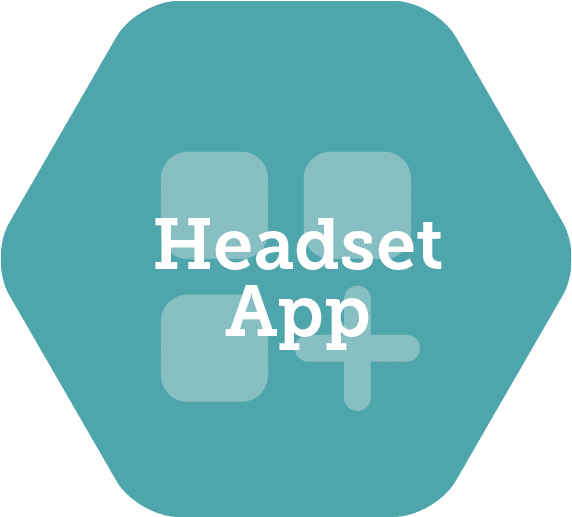Stability, longevity, and return on investment (ROI) are things we look for in our personal and professional lives. In learning and development, we are always looking for the most practical, effective, and affordable development solutions. This is especially true when contemplating an investment in cutting-edge learning solutions such as VR, and helps you realize the need for future-proofing your VR investment.
What to look for when making a VR investment
One of the primary things I look for in new development solutions is that they provide me, my team, or my organization value over the long term. From stock assets to media authoring suites, from recording equipment to green screens – the bottom line is the value has to last multiple years. Funds are not easy to come by and each year the training budget could be drastically different.
This makes it vital for me to find solutions that will help for years to come. When it comes to new development options for learning, specifically immersive reality development, such as virtual reality (VR), augmented reality (AR), and 360 videos, how do we get that same long-term value? With the consistent advancement of immersive technology, how do I guarantee value over the long term or “future-proof” my VR investment?
My solution – skilled relationships.
Why skilled relationships matter
The criteria I use to purchase the tools and technology are stability, longevity, and ROI. When it comes to immersive technology, these are a little harder to pin down. The hardware used to consume immersive reality is the wildcard that makes these three things difficult. Immersive reality hardware is a volatile component. To clarify, I don’t mean it’s going to implode any time soon but rather it is in a constant state of evolution as the technology continues to improve.
Let’s walk through a real-world example involving VR:
It’s early 2019, we’ll say February, your company is finally going to invest in a VR solution for learning and development. You purchase a headset with tracking sensors (probably more than one), VR capable computers (one for each headset), development software, and you hire a developer, vendor, or invest to up-skill your team. You begin designing and developing VR solutions, setting up the VR area sensors, and your learners plug in and have an engaging and valuable experience. Let’s breakdown the VR investment:
- Hardware (headset with tracking sensors, computer, and related items)
- Software
- Relationships (your team, vendor partner, or newly hired developer)
Exact numbers would vary in this situation depending on brand, timeline, and other variables but this could involve a meaningful amount of the year’s budget.
Fast forward to June 2019. You read about a new headset that has been released to market. This headset does not require a computer to run – it’s stand alone. It costs less than the ones you purchased, has similar quality (slightly lower), works with the same software you’re using, and your developers or vendor can build for it without missing a beat. Your first thought is this new headset would be great for your VR program! Learners could move around without limit, you could utilize more space with less set-up, and the tools to develop stay the same.
While this scenario is VR specific, it could easily be used in the AR arena as well. If you were to take the above scenario and swap out the VR for AR, you would experience the same outcome. When a new AR wearable is released, you will have to reinvest in that hardware at the newest price point
What can we take from a scenario like this?
As with computers, mobile devices, and other forms of technology, the landscape is always evolving and upgrading to the latest technology is not always practical. While an occasional tech refresh may be necessary, working with the right partner should help to ensure that any hardware or software investment will stand the test of time.
With the right relationships (people, skills, and partnerships) to help select and support your learning and development solutions, you can ensure the lasting value of your immersive technology investments. In essence, the best means of future-proofing your VR investment is skilled relationships that will provide steady and constant support for the inevitable change in technology.
The Motive VR Training Platform lets you focus on the creative part of being a learning professional. You can design your immersive learning experience and Motive will help you make it a reality. With Motive, you can upload your content to your LMS to track the experiences and access the easiest way to future-proof your immersive learning development plan, regardless of current or future device evolutions.
Are you currently looking for a VR vendor? The long-term viability of your project depends on choosing the right one. Here are 15 questions every VR vendor should be able to answer:
Download the checklist: 15 Questions for your VR Vendor.
Latest Posts
- « Previous
- 1
- …
- 6
- 7
- 8
Stay in the Know
Want to stay up-to-date with what is going on in the world of immersive training? Subscribe to the Motive Blog.
Ready to revolutionize your training program?
We’re ready to show you how seamlessly you can create, edit and deploy VR training modules. Our team is standing by to help you revolutionize your training program.





